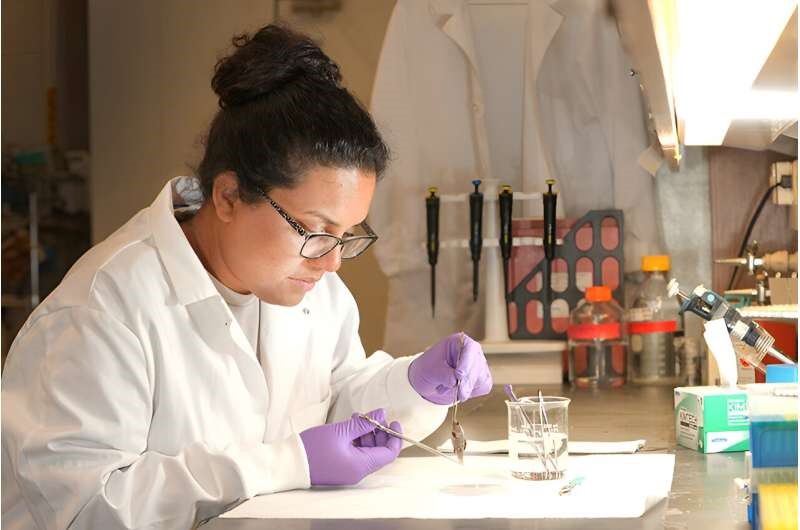Free Courses Sale ends Soon, Get It Now


Free Courses Sale ends Soon, Get It Now



Source: Phys.org
Disclaimer: Copyright infringement not intended.
Context
Details
Key Findings
Implications for Conservation
About Genetic Drift
Key Concepts
Mechanisms of Genetic Drift
Consequences of Genetic Drift
Case Studies
Genetic Drift vs Natural Selection
|
Aspect |
Genetic Drift |
Natural Selection |
|
Definition |
Random changes in allele frequencies in a population. |
Differential survival and reproduction of individuals due to differences in phenotype. |
|
Mechanism |
Chance events, especially in small populations. |
Non-random, based on fitness and adaptation. |
|
Effect on Alleles |
Can lead to random fixation or loss of alleles. |
Favors alleles that increase fitness; disadvantageous alleles decrease. |
|
Population Size Impact |
More pronounced in small populations. |
Effective in populations of all sizes but stronger in large populations. |
|
Genetic Variation |
Decreases genetic variation within a population over time. |
Can increase genetic variation by promoting advantageous mutations. |
|
Adaptive Change |
Non-adaptive, changes are due to random chance. |
Adaptive, leads to evolution of traits that improve survival and reproduction. |
|
Speed of Process |
Generally slower but significant over many generations. |
Can be fast if there is strong selective pressure. |
|
Examples |
Bottleneck effect, founder effect. |
Evolution of antibiotic resistance in bacteria, beak size in finches. |
|
Predictability |
Unpredictable, random. |
Predictable direction based on environmental pressures. |
|
Influence on Population |
Can lead to genetic differentiation between populations. |
Leads to adaptation to specific environments. |
|
Role in Evolution |
Neutral changes, supports neutral theory of molecular evolution. |
Driving force of adaptive evolution. |
Key Points
Sources:
|
PRACTICE QUESTION Q. Both genetic drift and natural selection processes are crucial for understanding the dynamics of evolution and how genetic diversity within and between populations is shaped over time. Critically analyse. (250 Words) |
© 2024 iasgyan. All right reserved